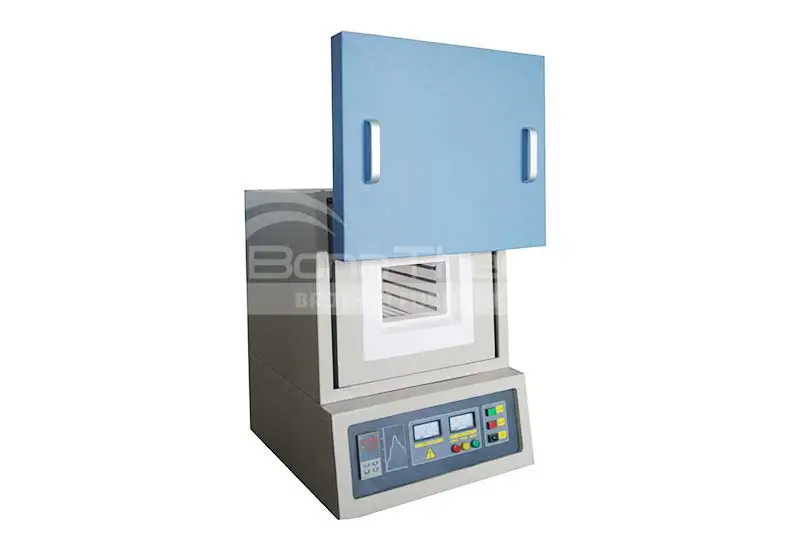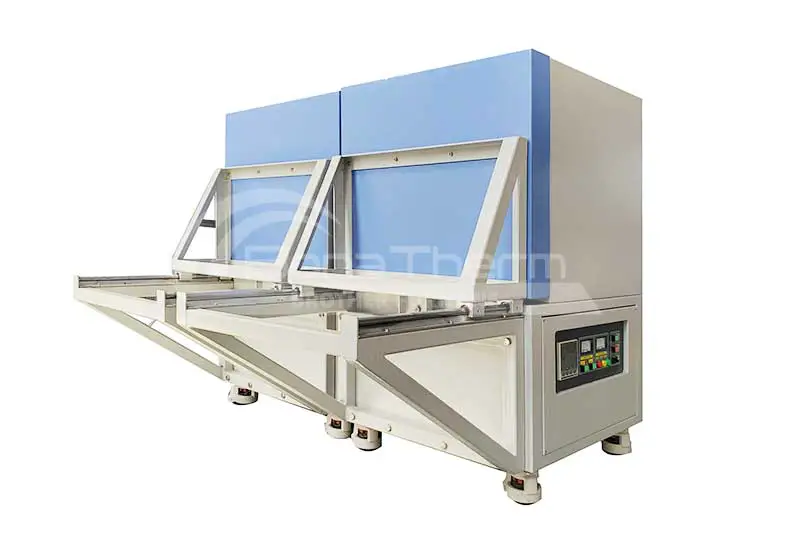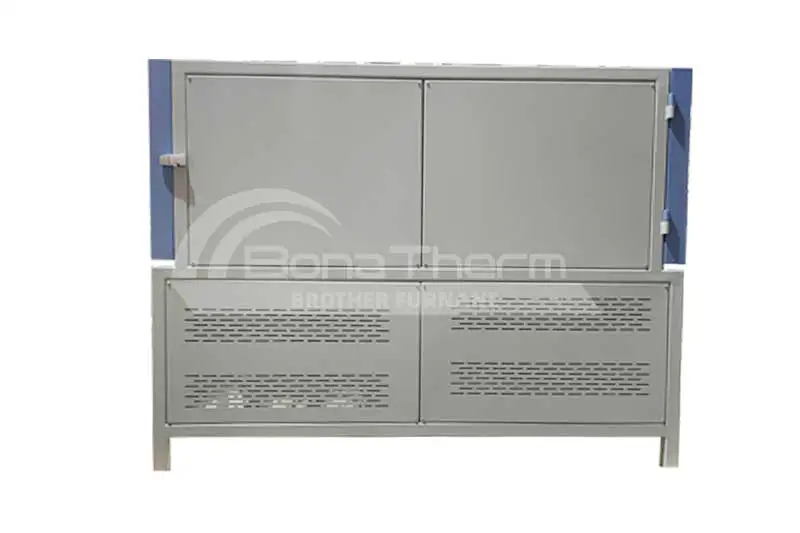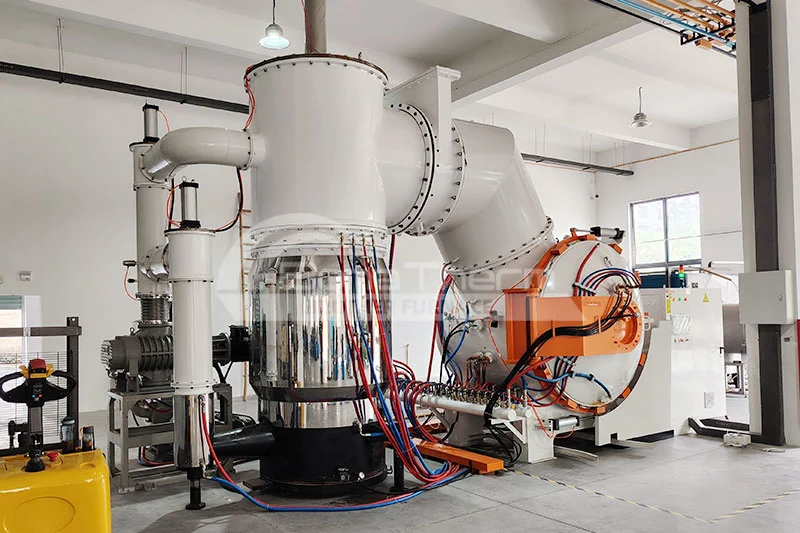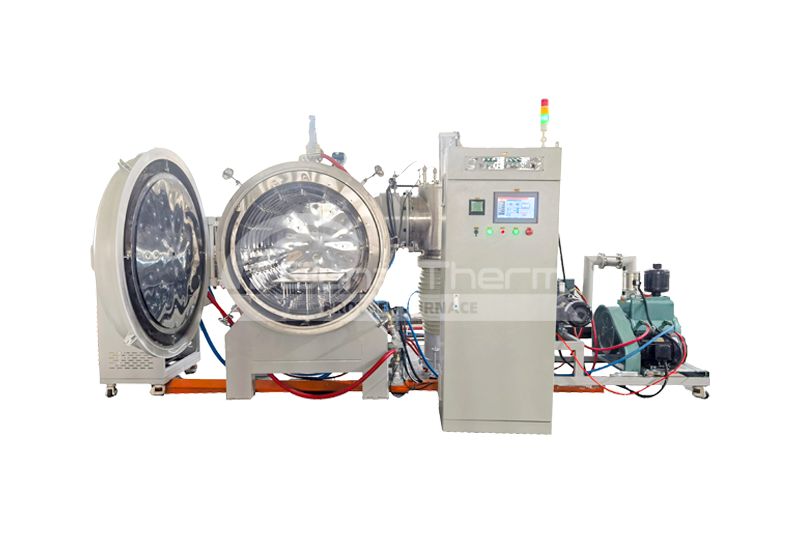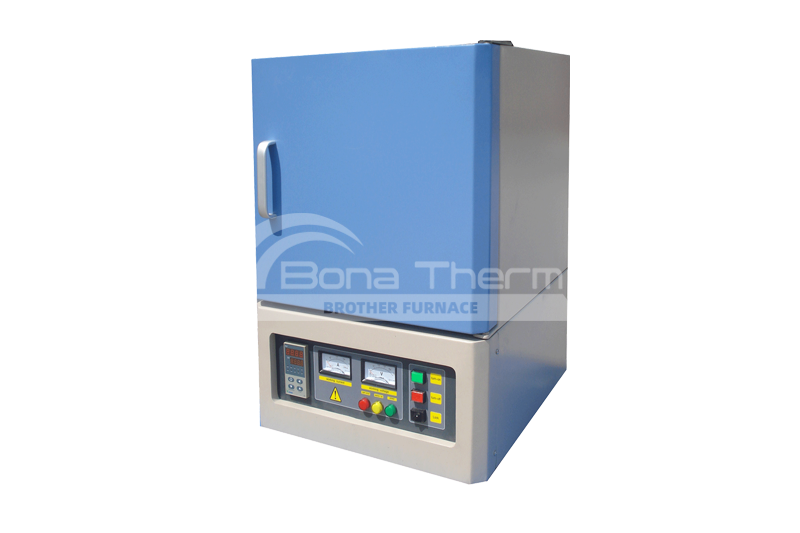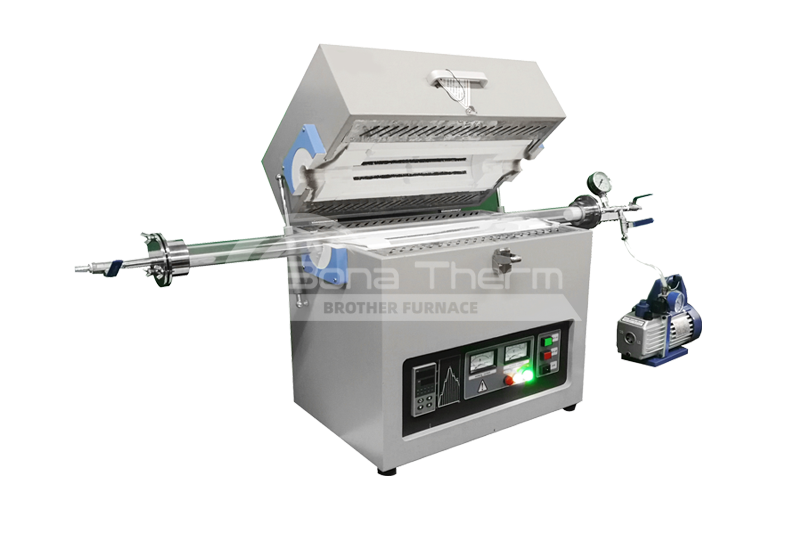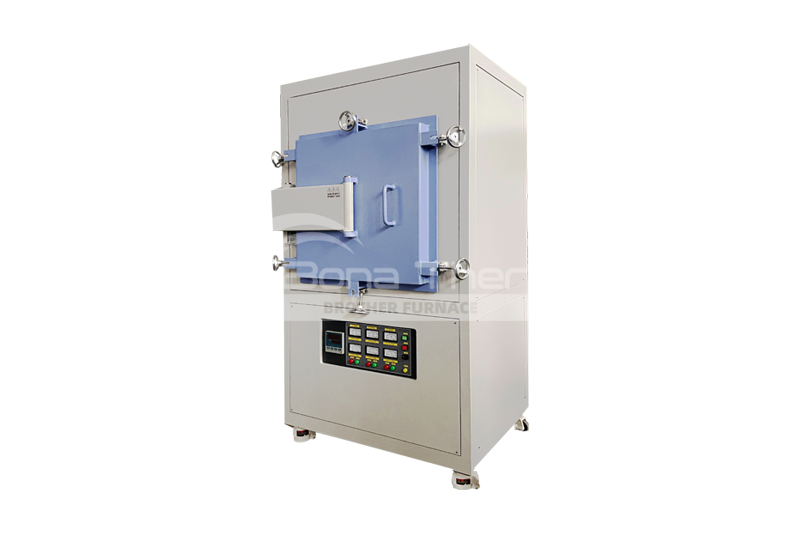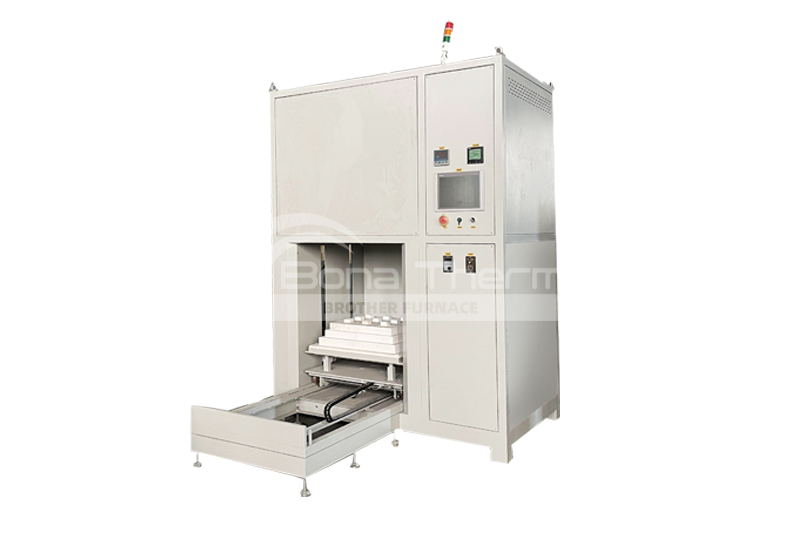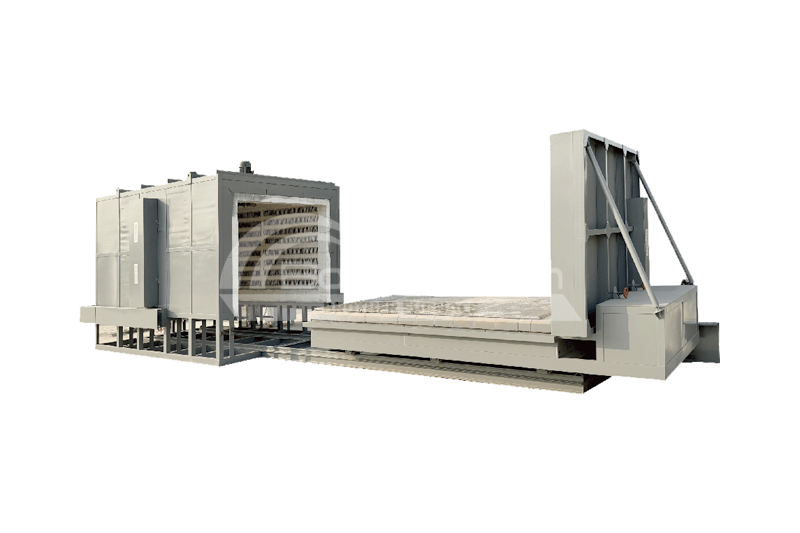How to Choose the Right Vacuum Pump for Your Vacuum Furnace
 BROTHER FURNACE
BROTHER FURNACE
 2024-08-05 00:54
2024-08-05 00:54
Choosing the right vacuum pump is crucial for the performance and efficiency of your vacuum furnace. This article will explain the key factors to consider when selecting the most suitable vacuum pump for your business needs.
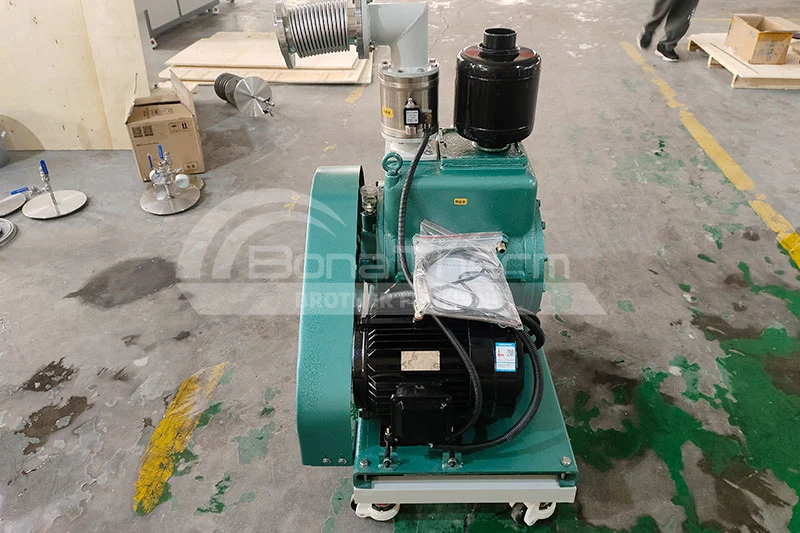
Types of Vacuum Pumps
Vacuum furnaces can be equipped with various types of vacuum pumps. The most common types include:
· Rotary Vane Pumps
· Dry Pumps
· Diffusion Pumps
· Ion Pumps
· Roots Pumps
Click here to learn more about different types of vacuum pumps.
Factors Influencing the Choice of Vacuum Pump
Understanding Specific Application Requirements
First and foremost, you need to clarify the following questions, as they are critical in determining the right vacuum pump for your needs:
· What types of materials are you processing?
· What is the required maximum and minimum vacuum level?
· What is the temperature range during the processing?
These factors will significantly influence your choice of vacuum pump.
Evaluating the Pumping Speed
Pumping speed refers to the volume of gas the vacuum pump can evacuate per unit time. When selecting a vacuum pump, you need to determine the required pumping speed based on the size of the vacuum furnace chamber and the desired vacuum level. Generally, the larger the chamber, the higher the required pumping speed.
Calculating Pumping Speed
To calculate the pumping speed, you can use the following formula:
S=V×ΔPTS = \frac{V \times \Delta P}{T}S=TV×ΔP
where:
· SSS is the pumping speed (L/s)
· VVV is the volume of the chamber (L)
· ΔP\Delta PΔP is the difference between the initial and target vacuum levels (Torr)
· TTT is the evacuation time (s)
Typical vacuum classifications and ranges include:
· Rough Vacuum: 10310^3103 mbar to 1 mbar
· Medium Vacuum: 1 mbar to 10−310^{-3}10−3 mbar
· High Vacuum: 10−310^{-3}10−3 mbar to 10−710^{-7}10−7 mbar
· Ultra-High Vacuum: 10−710^{-7}10−7 mbar to 10−1210^{-12}10−12 mbar
· Extreme High Vacuum: less than 10−1210^{-12}10−12 mbar
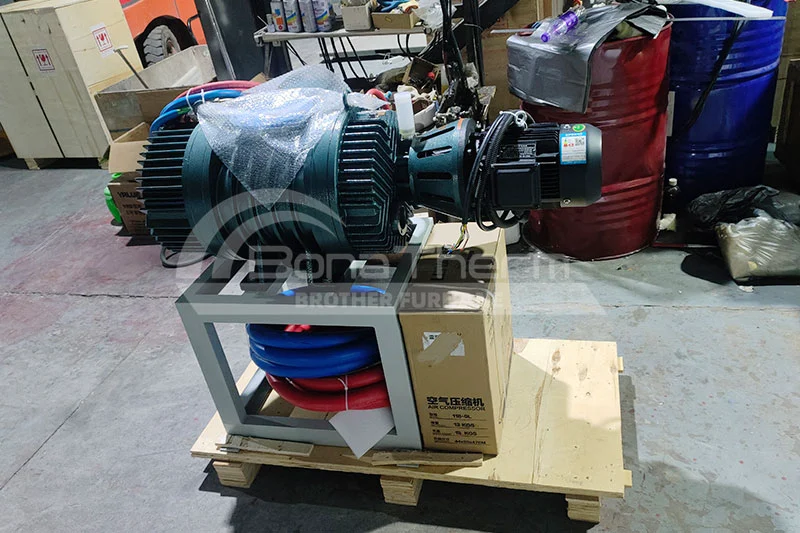
Vacuum Level Requirements
· Primary Vacuum
Typically around 10−310^{-3}10−3 Torr. For primary vacuum, you can choose rotary vane pumps or dry pumps. Rotary vane pumps are relatively inexpensive but require regular maintenance. Dry pumps are oil-free and suitable for applications requiring high cleanliness.
· High Vacuum
Consider using turbo molecular pumps or diffusion pumps for higher vacuum levels (e.g., 10−510^{-5}10−5 Torr and below). Turbo molecular pumps are suitable for ultra-high vacuum applications, produce low noise, and require simple maintenance but are more expensive. Diffusion pumps are less expensive but require a cooling system and may have oil vapor backstreaming risks.
Considering Reliability and Maintenance
Reliability
When selecting a vacuum pump, consider its reliability and durability. High-quality vacuum pumps not only provide stable vacuum levels but also reduce downtime, thereby increasing production efficiency.
Maintenance
Different types of vacuum pumps have different maintenance requirements. Rotary vane pumps need regular oil and seal changes, while dry pumps and turbo molecular pumps require relatively simple maintenance. Choosing a vacuum pump that is easy to maintain and operate can lower maintenance costs.
Conclusion
Choosing the right vacuum pump for your vacuum furnace involves a comprehensive consideration of application requirements, desired vacuum levels, pumping speed, reliability, and maintenance costs. By thoroughly analyzing and evaluating these factors, you can find the most suitable vacuum pump for your needs, ensuring the efficient operation of your vacuum furnace.
If you want to learn more about vacuum furnaces, please contact us at Brother Furnace.

